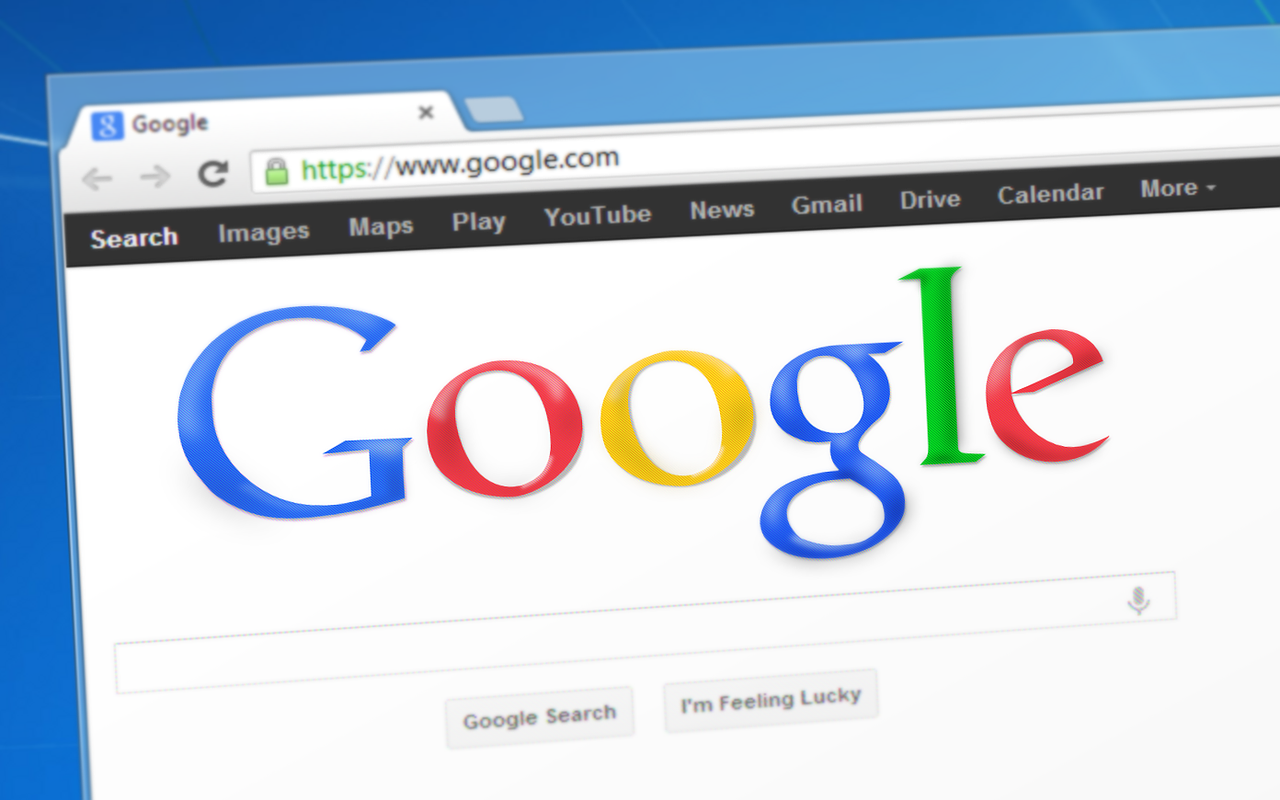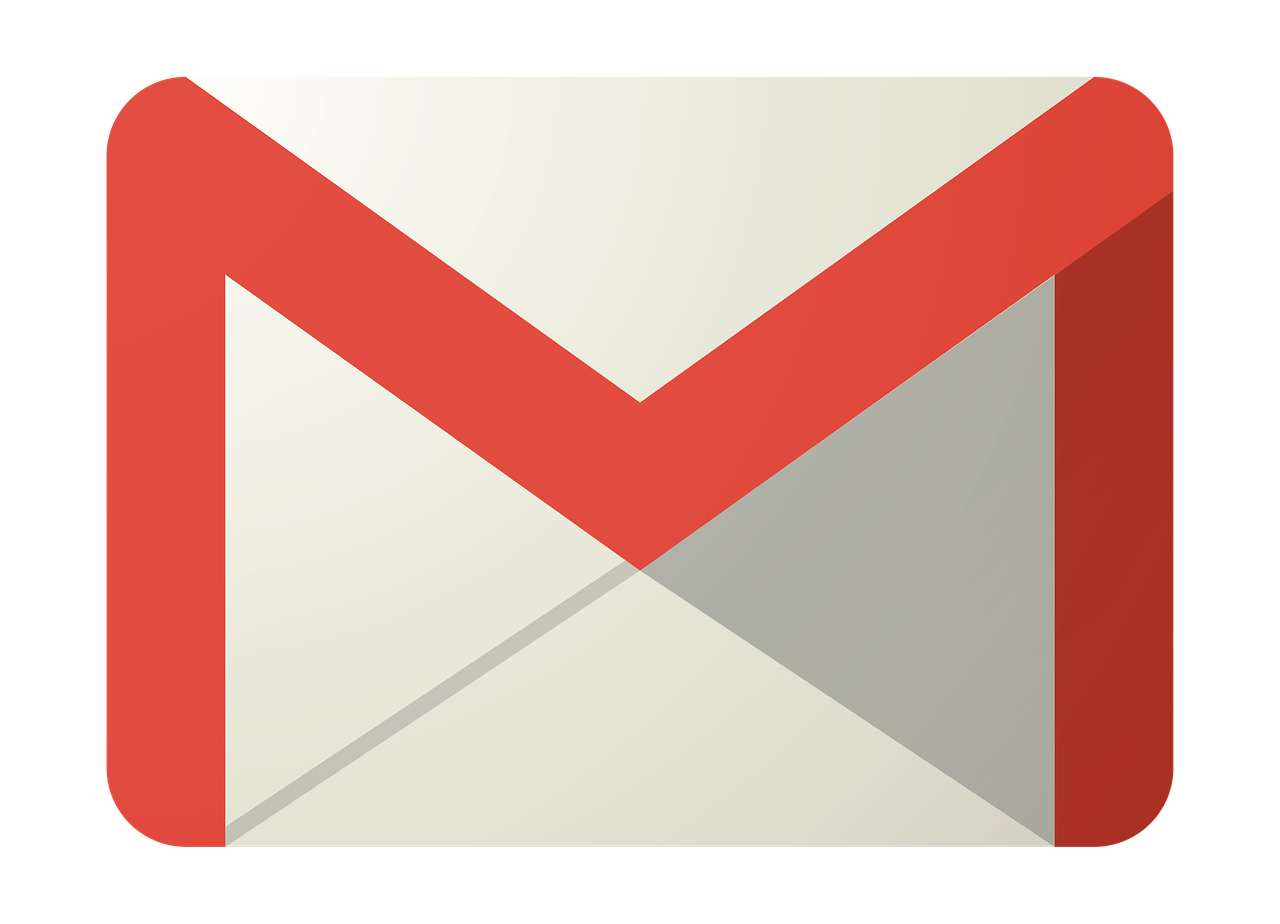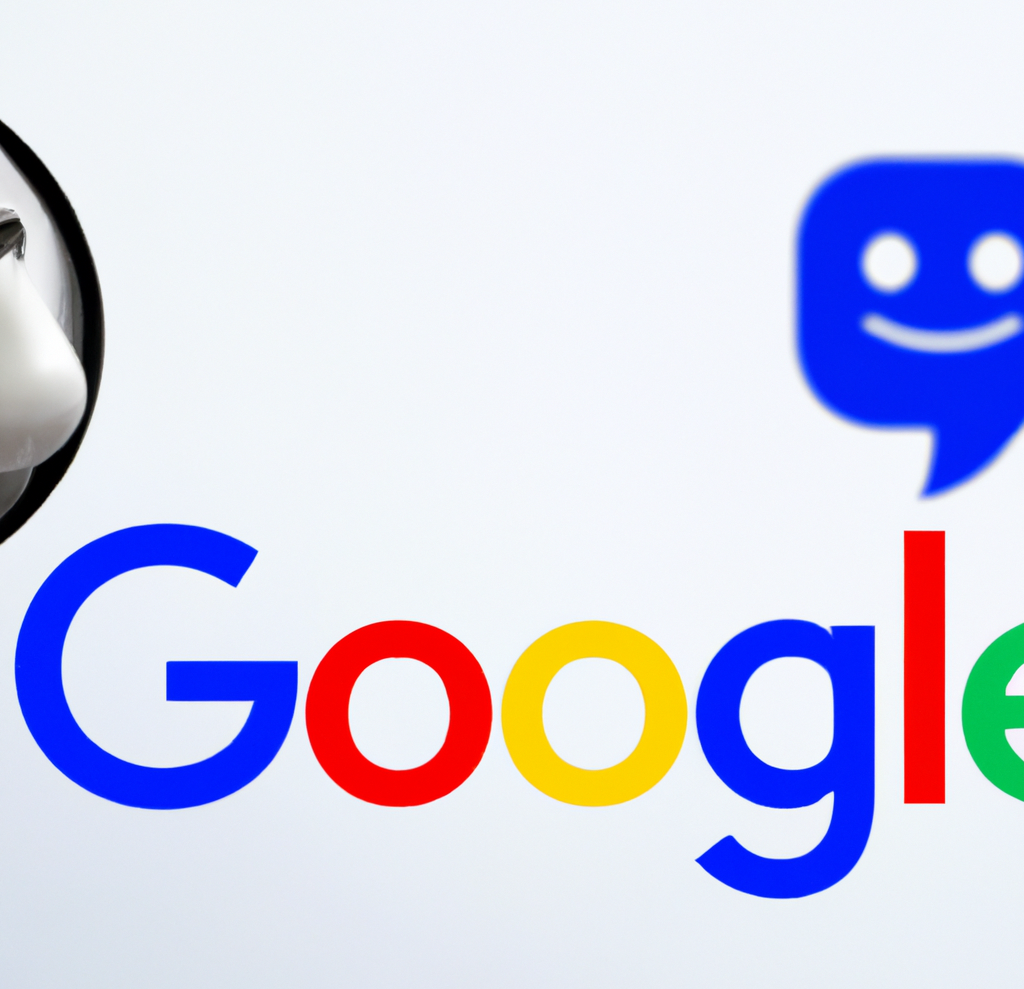Google: Suggestions for Ranking Product Pages

Google’s John Mueller answered the question about how to rank product pages. The person asking the question was building content which ranked but those pages had no effect on the search visibility of the product pages.
Mueller offered his thoughts on what to do.
Blog Posts Rank Well but Product Pages Don’t
The person asking the question shared how he was creating blog content that ranks well but doesn’t help the products page rank well.
He asked what can be done to rank product pages:
“So I’m doing SEO for an ecommerce website, pretty new, around eight months old.
And it’s not a huge website. It’s got 30,40 products in total.
We sell green tea and herbal tea online.
I’ve been seeing some movement with the efforts that we put in, regular back-linking process, on-page SEO, structured data.
We are working a lot on our blog section because that’s where we see a lot of other competitors are doing.
So I think the efforts we are making there are falling in place.
It’s just that the products page, they don’t rank well.
They don’t rank at all.”
Google’s John Mueller: Ranking Product Pages is Challenging
In general it feels nearly impossible to successfully obtain links to a product page. But unless those pages are promoted they will have a hard time achieving top rankings.
John acknowledged the difficulty in ranking product pages.
Google’s Mueller said:
“…I think that’s always challenging.
And I don’t think there is a simple trick to make that happen.”
Related: Ecommerce Product Page SEO: 20 Dos & Don’ts
Try the Google Shopping Feed
Mueller next suggested using the Google shopping feed as some of the content can pop up in the organic search results.
Mueller:
“The one thing I would watch out for is if these are products of this ecommerce site, make sure that you have all of the merchant center set up correctly because I don’t know if this is in every country yet, but we do have kind of the Google Shopping Feed where you can …submit your products for free and then we can show those in the Shopping Search results.
And sometimes we mix that in with the normal search results.
So that’s kind of a way to additionally get your products a little bit more visibility.”
Optimize Internal Linking to Rank Products Pages
Mueller seemed very enthusiastic about internal linking from the blog articles to the product pages.
It’s a basic but useful SEO strategy to identify what kinds of content people are enthusiastic about linking to, create that content and then ask for a link.
Embedded within the content is a link to a product page.
The links gained to the popular page can then trickle down to the important product pages.
Mueller:
“With regards to the … products themselves, if you’re saying that some of your content like the blog posts are ranking well but the products aren’t then sometimes you can help that by making sure that there is clear internal linking between those things.
So the pages where you are seeing that they’re working out well, make sure that there’s really a clear linking from those pages to your actual products.
My guess is probably you have some of that set up.”
Best Practice for Optimized Internal Linking
Mueller next discouraged linking to all product pages:
“If you have really long kind of blog posts that are ranking, the challenge there might be that it’s very tempting to link to a lot of different products from there.
And by linking to a lot of different products, you’re kind of saying well, everything is a little relevant but nothing is really relevant.
Whereas if you link to a few products from those pages then you can …really say… these are really important products.”
Set Priorities for Which Products Most Important to Promote
Mueller next suggested linking to strategically important products instead of to all the products.
Mueller suggested the following:
“And that’s something where you wouldn’t necessarily need to focus on things that are ranking badly at the moment, but things that you care about instead.
So if you say, these are products where you earn the most money from, or that are the most popular or maybe they’re the easiest to sell, something like that, then those are the kind of things where with internal linking you can …promote those a little bit.
And with really strong internal linking, then over time, the rankings of those product pages might change as well.”
What if Internal Linking to Product Pages Already Optimized?
The person asking the question commented that he’s already using Google Shopping feed and also linking to just one product from each blog post that is dedicated to the topic of the kind of product the online shop is selling.
Google’s John Mueller noted that it sounds like they’re doing the right things.
Mueller encouraged the person to take a second look at internal linking:
“It sounds like you’re doing a lot of things right.
And if you’re ranking …competitively with some of these really big sites with your blog posts, then that’s really hard work.
…That’s kind of a sign that at least there are different aspects that are involved and that one angle you have covered really well.
So that’s something where I’d say I would tend to continue in that direction.
I would still think about internal linking a lot with regard to these pages, especially maybe from your blog post but also from the rest of the website itself.”
Link to Select Products from Home Page
Mueller affirmed the benefits of linking to some (not all) product pages from the home page.
What he seemed to be trying to convey is the importance of singling out the best or most popular products for stronger promotion.
Mueller:
“If you say that you have a few products at the moment then it’s sometimes tempting to link to all of these products from your shop home page.
And if you can find a way to kind of funnel that a little better then that can make it a little bit easier for individual pages to rank better.”
Low Rankings Can be Because Competition is High Ranking
In some niches there may be a competitor that is doing things that are difficult to reproduce which gives them an advantage.
When that’s the case, the lower rankings is really about tough competitors ranking better and less about something wrong with a page that is holding it back from ranking.
Trying to find what’s wrong isn’t always the best way to optimize pages for ranking.
Sometimes it may be useful to identify what’s missing from that page (things like product comparisons or better descriptions that make product pages more useful).
Mueller acknowledged that sometimes it’s just strong competition.
“It’s sometimes just… the competition is quite strong and it takes a while to …grow.”
Citation
Google Explains How to Rank Product Pages
Watch John Mueller answer the question at the 48:06 minute mark:
AI
Exploring the Evolution of Language Translation: A Comparative Analysis of AI Chatbots and Google Translate

According to an article on PCMag, while Google Translate makes translating sentences into over 100 languages easy, regular users acknowledge that there’s still room for improvement.
In theory, large language models (LLMs) such as ChatGPT are expected to bring about a new era in language translation. These models consume vast amounts of text-based training data and real-time feedback from users worldwide, enabling them to quickly learn to generate coherent, human-like sentences in a wide range of languages.
However, despite the anticipation that ChatGPT would revolutionize translation, previous experiences have shown that such expectations are often inaccurate, posing challenges for translation accuracy. To put these claims to the test, PCMag conducted a blind test, asking fluent speakers of eight non-English languages to evaluate the translation results from various AI services.
The test compared ChatGPT (both the free and paid versions) to Google Translate, as well as to other competing chatbots such as Microsoft Copilot and Google Gemini. The evaluation involved comparing the translation quality for two test paragraphs across different languages, including Polish, French, Korean, Spanish, Arabic, Tagalog, and Amharic.
In the first test conducted in June 2023, participants consistently favored AI chatbots over Google Translate. ChatGPT, Google Bard (now Gemini), and Microsoft Bing outperformed Google Translate, with ChatGPT receiving the highest praise. ChatGPT demonstrated superior performance in converting colloquialisms, while Google Translate often provided literal translations that lacked cultural nuance.
For instance, ChatGPT accurately translated colloquial expressions like “blow off steam,” whereas Google Translate produced more literal translations that failed to resonate across cultures. Participants appreciated ChatGPT’s ability to maintain consistent levels of formality and its consideration of gender options in translations.
The success of AI chatbots like ChatGPT can be attributed to reinforcement learning with human feedback (RLHF), which allows these models to learn from human preferences and produce culturally appropriate translations, particularly for non-native speakers. However, it’s essential to note that while AI chatbots outperformed Google Translate, they still had limitations and occasional inaccuracies.
In a subsequent test, PCMag evaluated different versions of ChatGPT, including the free and paid versions, as well as language-specific AI agents from OpenAI’s GPTStore. The paid version of ChatGPT, known as ChatGPT Plus, consistently delivered the best translations across various languages. However, Google Translate also showed improvement, performing surprisingly well compared to previous tests.
Overall, while ChatGPT Plus emerged as the preferred choice for translation, Google Translate demonstrated notable improvement, challenging the notion that AI chatbots are always superior to traditional translation tools.
Source: https://www.pcmag.com/articles/google-translate-vs-chatgpt-which-is-the-best-language-translator
Google Implements Stricter Guidelines for Mass Email Senders to Gmail Users

Beginning in April, Gmail senders bombarding users with unwanted mass emails will encounter a surge in message rejections unless they comply with the freshly minted Gmail email sender protocols, Google cautions.
Fresh Guidelines for Dispatching Mass Emails to Gmail Inboxes In an elucidative piece featured on Forbes, it was highlighted that novel regulations are being ushered in to shield Gmail users from the deluge of unsolicited mass emails. Initially, there were reports surfacing about certain marketers receiving error notifications pertaining to messages dispatched to Gmail accounts. Nonetheless, a Google representative clarified that these specific errors, denoted as 550-5.7.56, weren’t novel but rather stemmed from existing authentication prerequisites.
Moreover, Google has verified that commencing from April, they will initiate “the rejection of a portion of non-compliant email traffic, progressively escalating the rejection rate over time.” Google elaborates that, for instance, if 75% of the traffic adheres to the new email sender authentication criteria, then a portion of the remaining non-conforming 25% will face rejection. The exact proportion remains undisclosed. Google does assert that the implementation of the new regulations will be executed in a “step-by-step fashion.”
This cautious and methodical strategy seems to have already kicked off, with transient errors affecting a “fraction of their non-compliant email traffic” coming into play this month. Additionally, Google stipulates that bulk senders will be granted until June 1 to integrate “one-click unsubscribe” in all commercial or promotional correspondence.
Exclusively Personal Gmail Accounts Subject to Rejection These alterations exclusively affect bulk emails dispatched to personal Gmail accounts. Entities sending out mass emails, specifically those transmitting a minimum of 5,000 messages daily to Gmail accounts, will be mandated to authenticate outgoing emails and “refrain from dispatching unsolicited emails.” The 5,000 message threshold is tabulated based on emails transmitted from the same principal domain, irrespective of the employment of subdomains. Once the threshold is met, the domain is categorized as a permanent bulk sender.
These guidelines do not extend to communications directed at Google Workspace accounts, although all senders, including those utilizing Google Workspace, are required to adhere to the updated criteria.
Augmented Security and Enhanced Oversight for Gmail Users A Google spokesperson emphasized that these requisites are being rolled out to “fortify sender-side security and augment user control over inbox contents even further.” For the recipient, this translates to heightened trust in the authenticity of the email sender, thus mitigating the risk of falling prey to phishing attempts, a tactic frequently exploited by malevolent entities capitalizing on authentication vulnerabilities. “If anything,” the spokesperson concludes, “meeting these stipulations should facilitate senders in reaching their intended recipients more efficiently, with reduced risks of spoofing and hijacking by malicious actors.”
Google’s Next-Gen AI Chatbot, Gemini, Faces Delays: What to Expect When It Finally Launches

In an unexpected turn of events, Google has chosen to postpone the much-anticipated debut of its revolutionary generative AI model, Gemini. Initially poised to make waves this week, the unveiling has now been rescheduled for early next year, specifically in January.
Gemini is set to redefine the landscape of conversational AI, representing Google’s most potent endeavor in this domain to date. Positioned as a multimodal AI chatbot, Gemini boasts the capability to process diverse data types. This includes a unique proficiency in comprehending and generating text, images, and various content formats, even going so far as to create an entire website based on a combination of sketches and written descriptions.
Originally, Google had planned an elaborate series of launch events spanning California, New York, and Washington. Regrettably, these events have been canceled due to concerns about Gemini’s responsiveness to non-English prompts. According to anonymous sources cited by The Information, Google’s Chief Executive, Sundar Pichai, personally decided to postpone the launch, acknowledging the importance of global support as a key feature of Gemini’s capabilities.
Gemini is expected to surpass the renowned ChatGPT, powered by OpenAI’s GPT-4 model, and preliminary private tests have shown promising results. Fueled by significantly enhanced computing power, Gemini has outperformed GPT-4, particularly in FLOPS (Floating Point Operations Per Second), owing to its access to a multitude of high-end AI accelerators through the Google Cloud platform.
SemiAnalysis, a research firm affiliated with Substack Inc., expressed in an August blog post that Gemini appears poised to “blow OpenAI’s model out of the water.” The extensive compute power at Google’s disposal has evidently contributed to Gemini’s superior performance.
Google’s Vice President and Manager of Bard and Google Assistant, Sissie Hsiao, offered insights into Gemini’s capabilities, citing examples like generating novel images in response to specific requests, such as illustrating the steps to ice a three-layer cake.
While Google’s current generative AI offering, Bard, has showcased noteworthy accomplishments, it has struggled to achieve the same level of consumer awareness as ChatGPT. Gemini, with its unparalleled capabilities, is expected to be a game-changer, demonstrating impressive multimodal functionalities never seen before.
During the initial announcement at Google’s I/O developer conference in May, the company emphasized Gemini’s multimodal prowess and its developer-friendly nature. An application programming interface (API) is under development, allowing developers to seamlessly integrate Gemini into third-party applications.
As the world awaits the delayed unveiling of Gemini, the stakes are high, with Google aiming to revolutionize the AI landscape and solidify its position as a leader in generative artificial intelligence. The postponed launch only adds to the anticipation surrounding Gemini’s eventual debut in the coming year.
-

 PPC5 days ago
PPC5 days ago19 Best SEO Tools in 2024 (For Every Use Case)
-

 MARKETING7 days ago
MARKETING7 days agoStreamlining Processes for Increased Efficiency and Results
-
SEARCHENGINES6 days ago
Daily Search Forum Recap: April 17, 2024
-

 PPC7 days ago
PPC7 days ago97 Marvelous May Content Ideas for Blog Posts, Videos, & More
-

 SEO6 days ago
SEO6 days agoAn In-Depth Guide And Best Practices For Mobile SEO
-
SEARCHENGINES5 days ago
Daily Search Forum Recap: April 18, 2024
-

 MARKETING6 days ago
MARKETING6 days agoEcommerce evolution: Blurring the lines between B2B and B2C
-
SEARCHENGINES4 days ago
Daily Search Forum Recap: April 19, 2024















